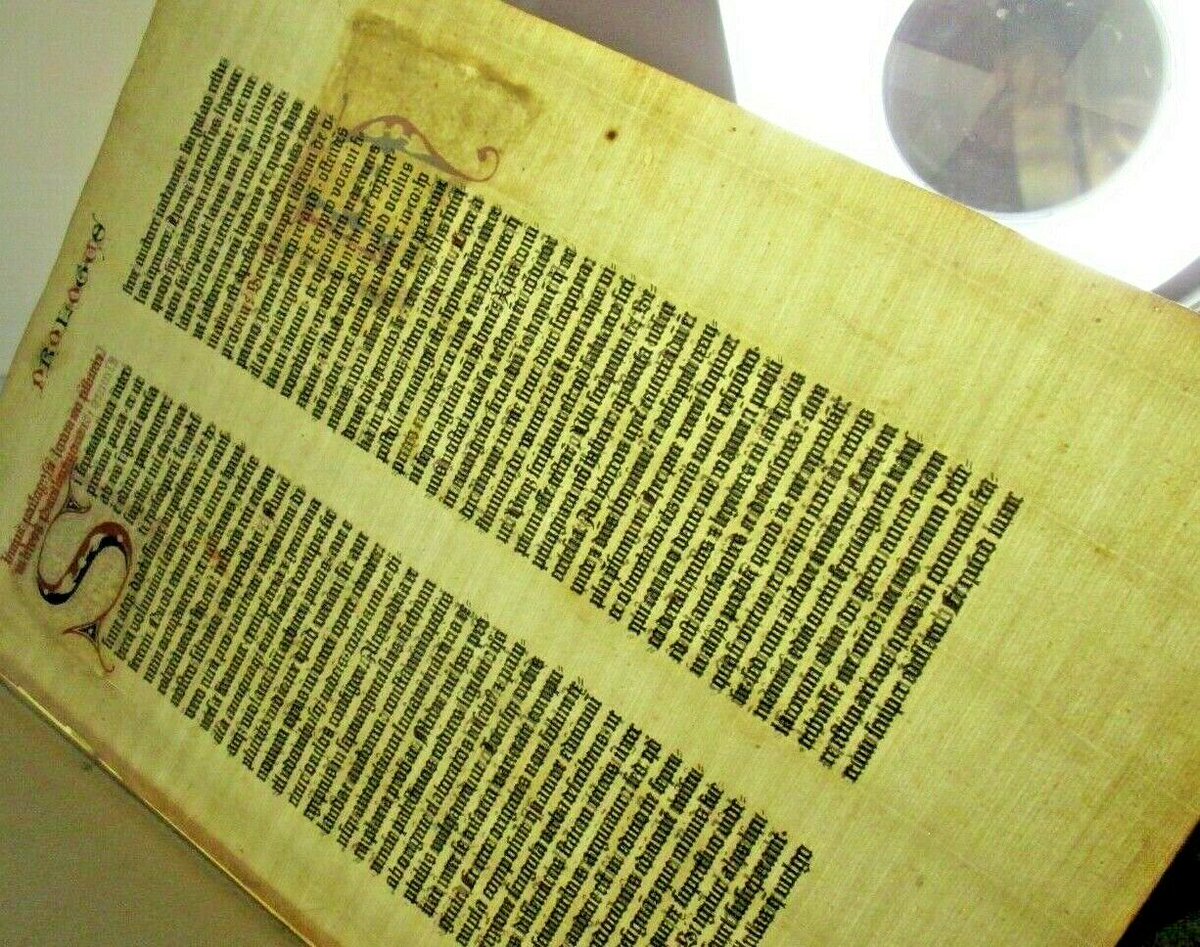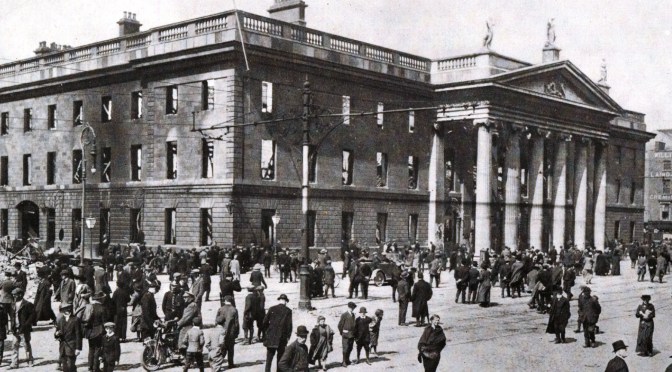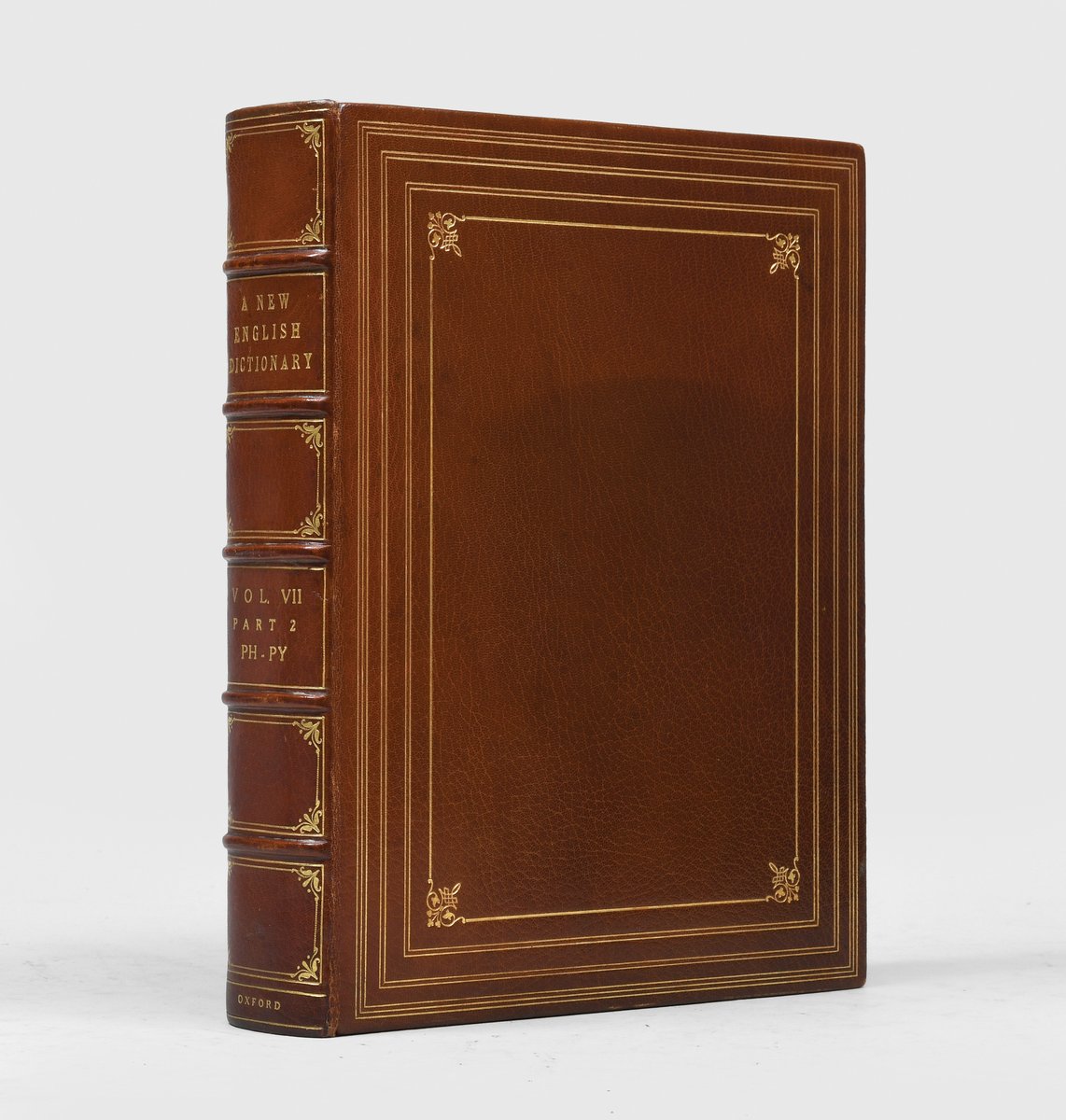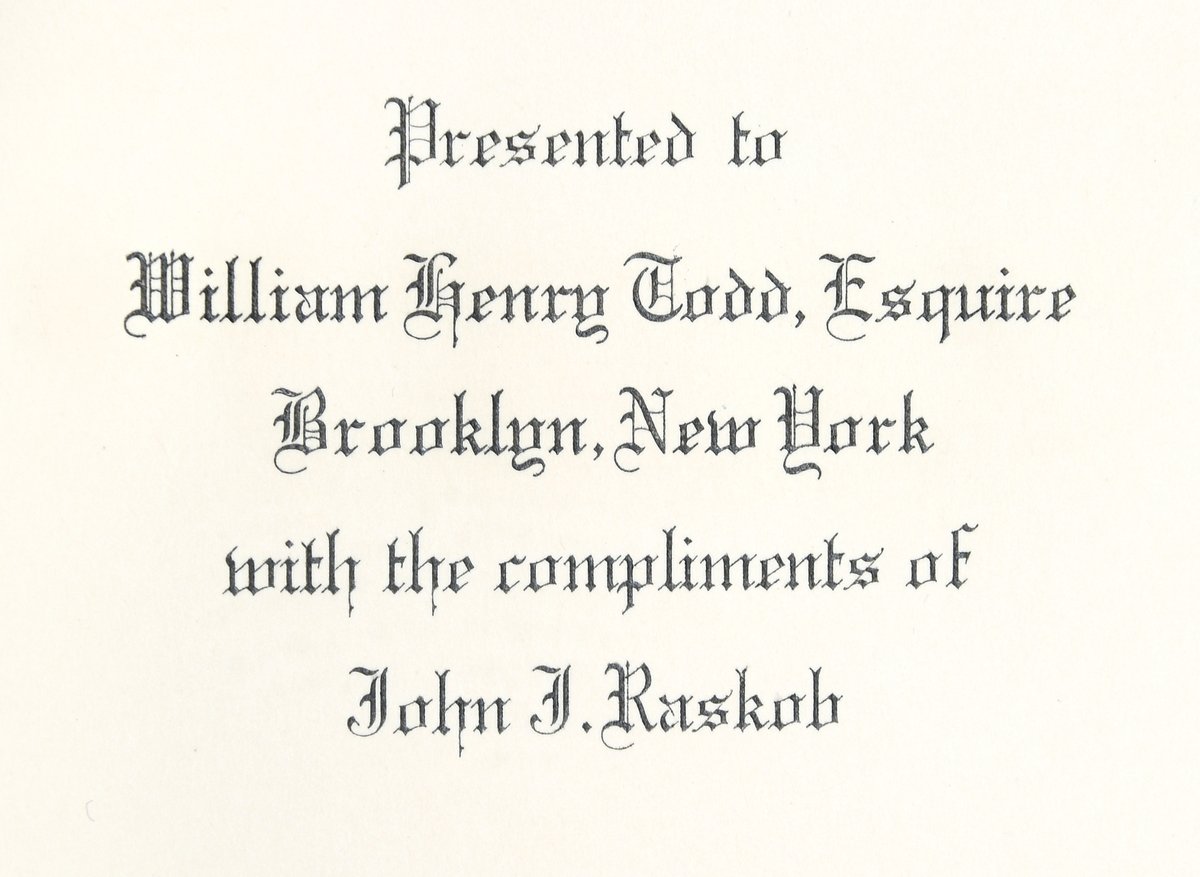
The Gutenberg Bible leaf which fetched $36k on eBay in February has been immediately flipped by the buyer, and is back on auction.... this time with a reserve price of $60 000.
natedsanders.com/LotDetail.aspx…
natedsanders.com/LotDetail.aspx…
https://twitter.com/incunabula/status/1358338420133756928

With deliberate (imo) obtuseness, the well-known dealer now selling it, Nate D Saunders, says: "The six-line rubricated letters of this leaf were likely added later, restored to match the original style." There's nothing "likely" about this, it's a 100% copper-bottomed certainty! 

The muddled mention of the replacement letters in the original eBay listing was forgivable: eBay is a "caveat emptor" environment, and the vendor clearly only had a vague understanding of what he was selling. But for a professional vendor to not make crystal clear that [...] 1/2
[...] this leaf has two very large areas replaced with entirely modern paper with newly written rubricated letters (all done by Gabriel Wells in circa 1920) is either appallingly negligent, or something even worse. 2/2
You can see the paper replacement very clearly in this backlit photo from the original eBay listing. Not only are the two rubricated letters newly drawn, but the type on the directly opposite side of the page of each of the two initials is also modern, drawn in pen facsimile. 

This is not imo a "stunning example" of a Gutenberg leaf as the auctioneer states, it's an interesting but second-quality example with very substantial modern repairs.
See Eric White's "Editio Princeps", pp. 135-36: "larger initials introducing books had been cut out before 1920 [and] Gabriel Wells arranged for many of these to be restored with convincing facsimiles painted on modern paper inserts with close imitations of the missing text."
HT @FarleyKatz1 who first posted the quote above in the original eBay sale thread.
• • •
Missing some Tweet in this thread? You can try to
force a refresh























